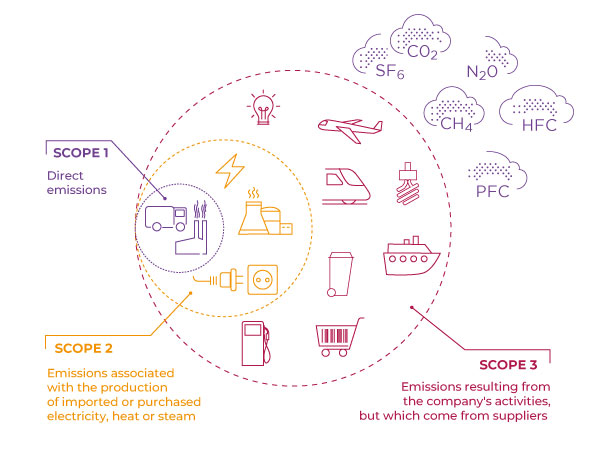
To steer an environmental management strategy, an organization needs relevant indicators that enable it to measure its results, as well as compare them with those of its competitors.
To measure your organization’s environmental performance, nothing beats a multi-indicator dashboard. All ISO 14001-certified entities go through this exercise. However, for the data collected to be meaningful, they must reflect standardized indicators that are simple, relevant and adapted to the business sector. Without harmonized indicators, it’s impossible to highlight progress or regression, impossible to compare, impossible to rank.
These key performance indicators are very useful for communicating an organization’s environmental commitment. They can also be used by investors, consultancies, NGOs and public bodies to draw up their own environmental ratings: vehicle pollution rankings, ranking of the most polluting companies, ecological scorecards for energy suppliers, etc. A healthy emulation, sometimes disturbing, but designed to increase the company’s overall environmental performance.
Bien choisir et construire ses indicateurs de performance environnementale
The GHG Protocol (Green House Gas Protocol) is the oldest standard for accounting greenhouse gas (GHG) emissions. It served as the basis for NF EN ISO 14064 ” Quantification and reporting of greenhouse gas emissions for organizations “. It distinguishes three main groups of indicators along the supply chain:
- les émissions directes (scope 1) ;
- les émissions associées à la production d’électricité, de chaleur ou de vapeur importée ou achetée (scope 2) ;
- les émissions résultant des activités de la société, mais qui proviennent des fournisseurs (scope 3).

However essential climate performance indicators may be, they are far from the only way to define an organization’s ecological footprint. The voluntary standard NF EN ISO 14031 specifies guidelines for the design and use of environmental performance assessment (EPE) within an organization. It recommends the use of three types of indicators:
- les indicateurs de performance du management environnemental (IPM) : par exemple, le nombre d’heures de formation à l’environnement du personnel, ou le pourcentage des objectifs environnementaux atteints ;
- les indicateurs de performances environnementales (IPE) comme la part en kWh d’énergie ou en tonnes de déchets toxiques par unité produite ;
- Les indicateurs de condition environnementale (ICE), tels les poids (en mg) de métaux lourds par mètre cube d’eau, ou en CO2 émis par heure de travail.
